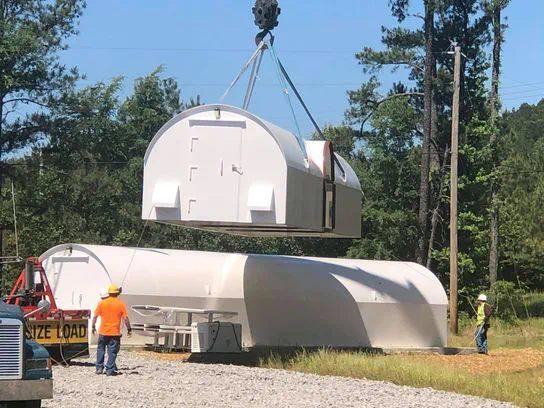Glass lined reactors are critical components in chemical processing industries, renowned for their durability, corrosion resistance, and versatility. Understanding the factors influencing their pricing and conducting a comprehensive cost analysis is essential for both manufacturers and end-users. This article delves deep into these aspects, exploring the intricacies that shape pricing strategies and the detailed breakdown of costs associated with glass lined reactors.
Introduction
Glass lined reactors are integral to various chemical processes, providing a robust vessel that withstands corrosive environments and high temperatures. The price of these reactors is influenced by a multitude of factors, ranging from raw material costs to manufacturing techniques and market dynamics. A thorough cost analysis is crucial for stakeholders to optimize procurement decisions and operational efficiencies.
Factors Influencing Price
Material Costs
The primary material used in glass lined reactors is a special type of glass that is fused to steel. This glass must exhibit exceptional chemical resistance while maintaining thermal stability. Variations in the glass lined reactor composition and quality of this glass significantly impact the overall cost of the reactor. Furthermore, the cost of the steel substrate, which provides structural integrity and support, also contributes to the material cost component.
Manufacturing Complexity

The manufacturing process of glass lined reactors involves intricate steps to ensure the glass properly adheres to the steel substrate. Factors such as the reactor’s size, design complexity, and the number of ports and accessories influence manufacturing costs. Reactors with specialized configurations or custom designs often incur higher glass lined reactor mechanical seal production expenses due to increased labor and time requirements.
Quality Standards and Certifications
Compliance with international quality standards and certifications adds to the cost of glass lined reactors. Manufacturers invest in rigorous testing and quality control measures to ensure the reliability and safety of their products. Certifications from regulatory bodies validate the reactor’s performance under various operating conditions, enhancing its market value but also increasing production costs.
Economic Factors

Global economic conditions, including fluctuations in currency exchange rates, tariffs, and trade policies, impact the pricing of glass lined reactors. Manufacturers must navigate these external factors, which influence the cost of raw materials, transportation, and overhead expenses. Market demand and supply dynamics also play a crucial role, affecting pricing strategies and competitive positioning within the industry.
Cost Analysis
Direct Costs
Direct costs associated with glass lined reactors include raw materials, labor, and manufacturing overhead. Raw materials encompass the glass lining, steel substrate, and other components such as agitators, baffles, and insulation materials. Labor costs involve skilled personnel engaged in fabrication, welding, quality control, and assembly processes. Manufacturing overhead comprises facility expenses, utilities, equipment maintenance, and depreciation.
Indirect Costs
Indirect costs encompass various expenses not directly attributable to production but essential for business operations. These include administrative overhead, research and development costs, marketing expenses, and regulatory compliance fees. Indirect costs impact overall pricing strategies and profitability margins, influencing the final cost structure of glass lined reactors.
Lifecycle Costs
Analyzing the lifecycle costs of glass lined reactors provides insights into long-term investment considerations. Factors such as maintenance requirements, repair and replacement costs, energy consumption, and operational downtime contribute to lifecycle expenses. Proactive maintenance programs and strategic refurbishment plans mitigate lifecycle costs, extending the operational lifespan and optimizing return on investment for end-users.
Conclusion
In conclusion, the pricing of glass lined reactors is influenced by diverse factors ranging from material costs and manufacturing complexity to quality standards and economic conditions. Conducting a thorough cost analysis is imperative for stakeholders to navigate pricing strategies effectively and optimize procurement decisions. By understanding these dynamics, manufacturers and end-users can enhance operational efficiencies, mitigate financial risks, and capitalize on opportunities within the chemical processing industry.
This comprehensive exploration underscores the importance of balancing cost considerations with quality and performance requirements, ensuring the sustained reliability and value of glass lined reactors in demanding industrial applications.





